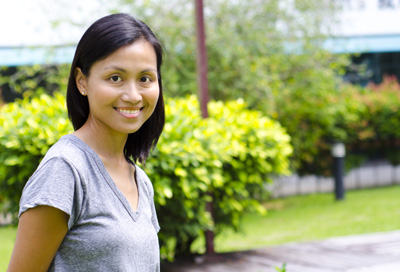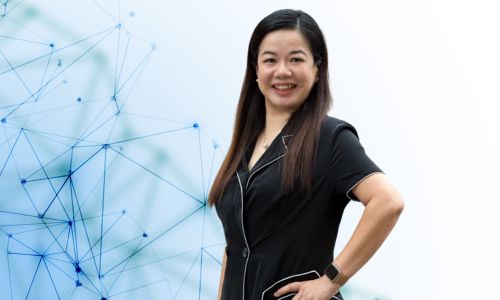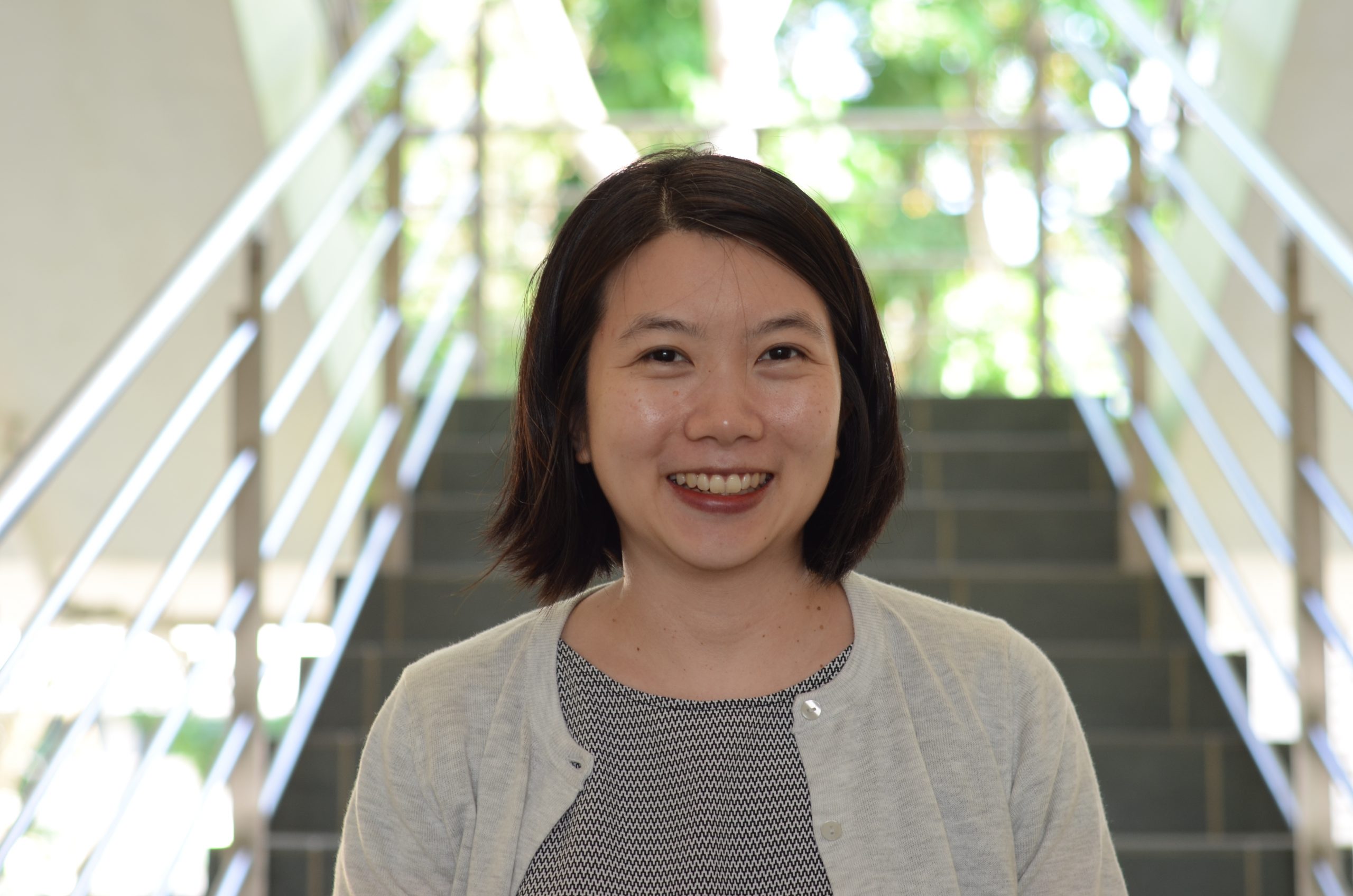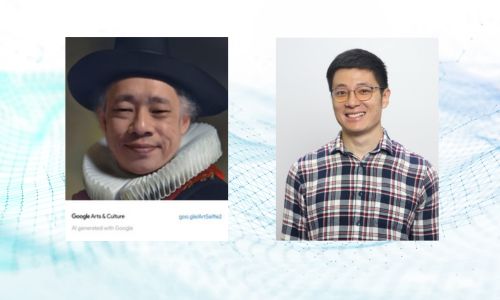Explaining Science PRO-fessionally
Is there a mental structure that can help students answer science questions? Two teachers work hand in hand with NIE researchers to help their students articulate their explanations better.
Most students can make simple observations about a phenomenon, but it becomes a more challenging task when they have to use the right terms to explain their observations.
“One of the issues that I see with the girls here is their ability to use scientific terms,” shares Mrs Ken Oh Sihua, Acting Head of Department of Science at CHIJ Saint Joseph’s Convent (SJC). “They use words and descriptions of their own understanding, but it doesn’t translate to a scientific understanding.”
The Subject Head of Physics at Northbrooks Secondary School, Mr Sim Yong Ming, shares the same sentiment. When it comes to open-ended questions, students may have the content knowledge but many struggle with the structure of an explanation.
They decided to work with NIE researchers by participating in an NIE research project to address this problem.
Working with Researchers

Led by Dr Tang Kok Sing, the project focuses on developing strategies for teaching the language of Science. Both researchers and teachers agree that the teachers’ current strategies should not be changed drastically.
“It was important to the researchers and us that we not change our teaching style, but explore how we could continue to teach in our own style while adopting the new approaches that were introduced,” Ken elaborates.
After 6 months of classroom observation, Kok Sing sat down with the teachers to ask how they were coping. They also discuss a few approaches that the teachers could try out.
“The NIE researchers and the teachers worked hand in hand to come up with some strategies,” Yong Ming says. “With their research point of view and our classroom experience, we made something workable and practical in the classroom.”
As Yong Ming was already using the Predict-Explain-Observe-Explain model in his Physics classroom, they implemented an approach to complement it and help with the Explain steps.
Principle, Reasoning, Outcome
They then implemented the Principle-Reasoning-Outcome (PRO) approach in explaining any phenomenon. Using this, students will indicate the principle or premise that the scientific theory is based on, provide a reasoning for why the phenomenon is happening based on the principle, and state its outcome.
“Many students do not know the structure of the explanation, or scientific logical reasoning,” explains Yong Ming. “The PRO approach provides them with a guide to put what they know into words and sentences that are appropriate for the subject.”
To help his students, he prepares worksheets for them, starting with a basic flowchart. This provides a mental structure that guides them in writing an explanation. First, are there scientific keywords that they need to use? Yong Ming begins by giving his students keywords first to help them identify and unpack their meaning.
Next, what are the connectors to use? He then provides them with language structure and connectors that can help in the building of the explanation.
Finally, does the answer address all parts of the questions? Ken explains that students are often not as meticulous in their reasoning as they should be.
Encouraging Students to Explore

The PRO model can be incorporated easily into the Science classroom to accompany demonstrations, hands-on activities or videos.
Students are encouraged to write down their first thoughts about a phenomenon or an idea, and then discuss why they think that way. “We don’t put them down immediately if they are wrong,” Ken says. “In terms of correcting them, we question them, and they actually get to realize by themselves that they are on the wrong path.”
It is vital to allow students to make mistakes so they can remember and learn from it. Through such exploring, they can become more vocal and willing to experiment. Ken adds, smiling, “It’s a bit of endurance training for me, and it tests my patience as well!”
Teachers Make a Difference
It is understandably not easy for teachers to tackle both the syllabus content and disciplinary literacy in depth, especially with time constraints.
However, Yong Ming points out that ultimately it is really about being aware of his actions and improving his existing teaching style. “Even before the project, I was already trying to excite my students,” he says. “But the project made me think of more meaningful ways to help them.”
Indeed, students became more enthusiastic about the subject after the implementation of the PRO approach. Ken shares that her students even asked if PRO can be introduced in lower secondary classes because they had such a lot of fun.
Yong Ming notes that according to research, students around the world are struggling with explanations. “But being part of this project brought about awareness that hey, we can do something about this problem.”
Ken echoes his sentiment. “In the past, I would think that certain things cannot be done,” she admits. “But now I know it’s important for teachers to try something new that might be good for the students. As Thomas Edison observed, even if things go wrong, at least you would’ve found one way that doesn’t work!”






